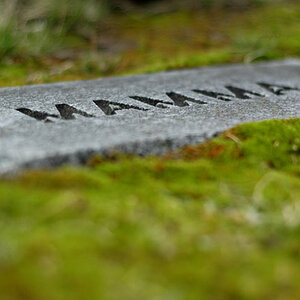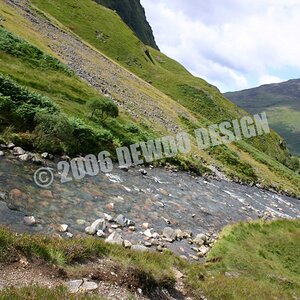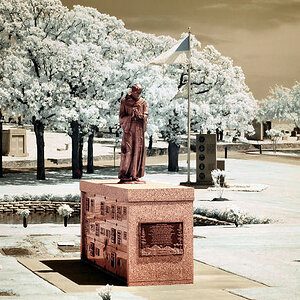vigilante
TPF Noob!
- Joined
- Feb 5, 2015
- Messages
- 55
- Reaction score
- 1
- Can others edit my Photos
- Photos OK to edit
I'm just curious, when looking at continuous lighting kits, they will usually come with CFL bulbs listed as 30 or 45 or 85 watts. But then the "entire" kit is listed at maybe 850 watts. Seems to me that two 85 watts bulbs equal 170 watts, not 850.
See here: Amazon.com StudioPRO 850W Photography Portrait Studio Continuous Lighting 7 6 Light Stand Two Light Black on White Umbrella Kit with Two 85W CFL Bulbs Photographic Lighting Umbrellas Camera Photo
Two 85 watt bulbs, equals 850 watts of light? What am I missing?
See here: Amazon.com StudioPRO 850W Photography Portrait Studio Continuous Lighting 7 6 Light Stand Two Light Black on White Umbrella Kit with Two 85W CFL Bulbs Photographic Lighting Umbrellas Camera Photo
Two 85 watt bulbs, equals 850 watts of light? What am I missing?
As an Amazon Associate we earn from qualifying purchases.


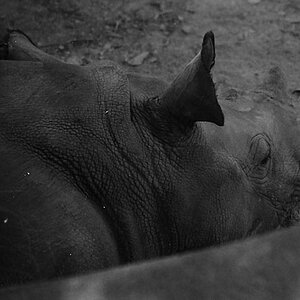
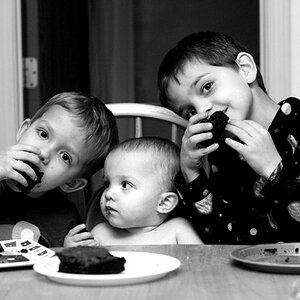
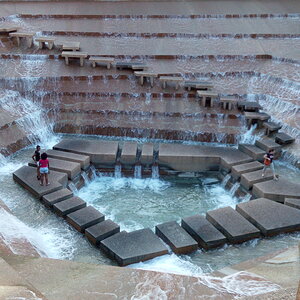
![[No title]](/data/xfmg/thumbnail/30/30858-42113a4c092a5983afa30e5c35cce4d0.jpg?1619734478)
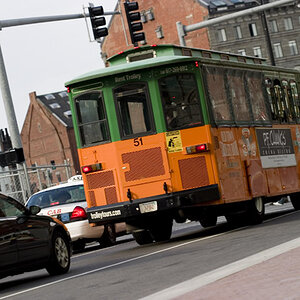
![[No title]](/data/xfmg/thumbnail/33/33026-d1cc9c60c2164adb92d7186eedb0673d.jpg?1619735840)
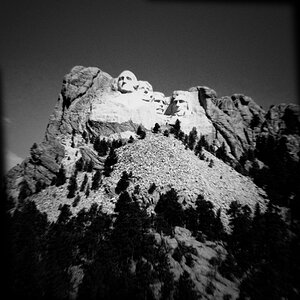

![[No title]](/data/xfmg/thumbnail/32/32930-09414fc020c2a60a456ff59a05c5ef8f.jpg?1619735759)
